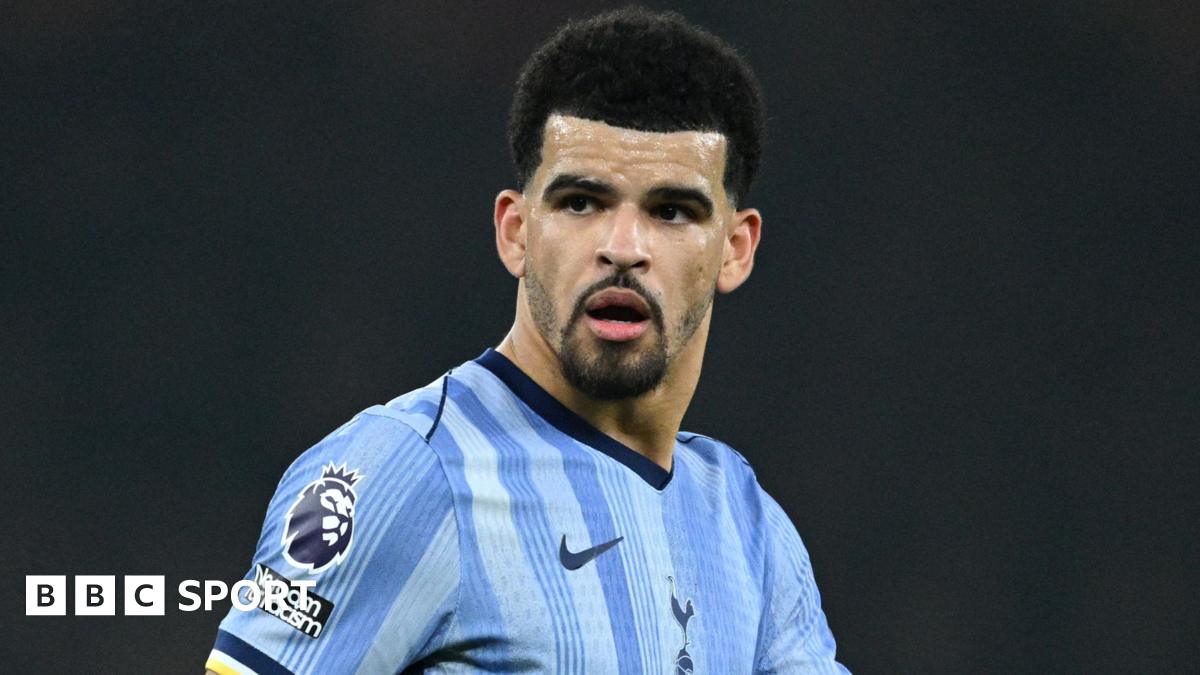ARTICLE AD BOX
 Image source, Getty Images
Image source, Getty Images
Emirates Old Trafford during the first Test against Sri Lanka
Old Trafford is a place of regeneration.
While the cricket ground sprouts hotels and buildings that look like giant scart lead ports, just down the road, within eyesight, are the familiar white girders of the football ground.
Now in need of a fix to a leaky roof, the Theatre of Dreams was once synonymous with evolution. One of the many great skills of Sir Alex Ferguson was the ability to know when and how to build a new squad, even if he already had a champion outfit.
How fitting then, that this corner of Manchester is where the development in the England cricket team came into sharp focus.
In contrast to Ferguson, Ben Stokes and Brendon McCullum did not have the luxury of refreshing a winning unit, rather one that had a single success in its previous 17 matches. In two-and-a-bit years, the leadership duo have reversed results and revamped the squad. One probably begat the other.
Root leads England to victory over Sri Lanka
Granted, some changes have been necessary because of a couple of injuries, including to captain Stokes himself.
Still, for the battling win in the first Test against Sri Lanka, England were without four men in possession of at least 100 Test caps who have featured in the past year or so: Stokes (hamstring), Jonny Bairstow (dropped), Stuart Broad (optional retirement) and James Anderson (forced retirement). It was the first time in 16 years that England had taken the field without at least one of the quartet.
Throw in the pretty ruthless axings of both Ollie Robinson and Jack Leach, and England are almost an entirely different group to what they have been for most of the Stokes era, and going back to the stewardship of Joe Root.
Only three of the XI in Manchester were over the age of 30 and the total 343 caps the XI had going into the match was England’s lowest for four years, back to the first Test against West Indies in 2020. When one or both of Olly Stone or 20-year-old Josh Hull play in the second Test at Lord’s on Thursday, that total caps will come down again.
So, and with the greatest respect to West Indies and Sri Lanka, it could be that the ‘low key’ summer of 2024 is eventually looked back on as the birth of a new England team.
Watch the best shots from Jamie Smith's century
Of the three newest faces that have been backed to fill key roles this summer – Gus Atkinson with the new ball, Shoaib Bashir as sole spinner and Jamie Smith behind the stumps – each have had their moment to shine.
Atkinson took 11 wickets on debut against West Indies at Lord’s and Bashir spun out the same opposition at Trent Bridge.
Clearly, they have huge promise as international cricketers, but there is an inescapable feeling Smith is the man to be most excited about.
He has ended the Bairstow-Ben Foakes wicketkeeping debate and has the potential to be England’s gloveman for the next decade. Although his keeping has been smart - bar a missed stumping and being no-balled for breaking the line with his gloves - it is Smith’s batting that lends the belief England have unearthed a gem.
At 24 and in only his fourth Test, Smith notched his maiden century from a difficult position in the first innings, then took the tension out of a tricky run-chase with a breezy 39 in the second.
His stance is slightly awkward, yet everything that happens after the bowler releases the ball has the grace of Darcey Bussell. Solid defence, sweet drives and fast-handed pull shots.
Smith is remarkably even-tempered for such a young and inexperienced cricketer. His celebration on reaching three figures at Old Trafford was little more than a wave of the bat to the Party Stand. Last year, on the same ground, Bairstow made 99 not out and was practically climbing into the press box for a rumble.
England have not just evolved in personnel, but in attitude.
In the early days of the Stokes-McCullum regime, England needed their Bazballing ways to win matches and revive some ailing cricketers that had come through the Covid era and the uninspiring cricket played under Root and coach Chris Silverwood.
It was McCullum who called for refinement after the 4-1 defeat in India and the distillation of England’s method was on show against Sri Lanka. The hosts scored at more than four an over without breaking sweat in the first innings, then showed their ability to tough it out when the going got tough in the second.
Under scoreboard pressure, on a difficult pitch against a skilful attack, even a Bazball posterboy like Harry Brook had the patience to inch along at two an over. Only when the game was won did the masterful Root attempt his trademark reverse-scoop, taking a blow on the arm to remind him that these were not the conditions for such playfulness.
'He looks ready-made' - Vaughan on Smith
As ever, there remain problems to ponder. Ollie Pope will be desperate to show he can blend captaincy with runs and Dan Lawrence looks ill-fitted to open in place of Zak Crawley.
The thigh injury to Mark Wood has England going a very long way down their list of fast bowlers with Anderson pensioned off, Robinson discarded, Jofra Archer not ready, Josh Tongue, Jamie Overton and Dillon Pennington injured and Brydon Carse banned. It does, though, present an opportunity for Hull as the next fresh face to make a mark in Test cricket.
Looking ahead there seems reason to be excited by England’s direction. Brook, Smith, Bashir and Atkinson have already arrived, Hull has a chance and there is a lot of young talent making waves in the domestic game: Rehan and Farhan Ahmed, James and Thomas Rew, Rocky Flintoff, Jacob Bethell and Ben McKinney to name just a few.
England’s future is arriving quickly.

 4 months ago
17
4 months ago
17








 English (US) ·
English (US) ·